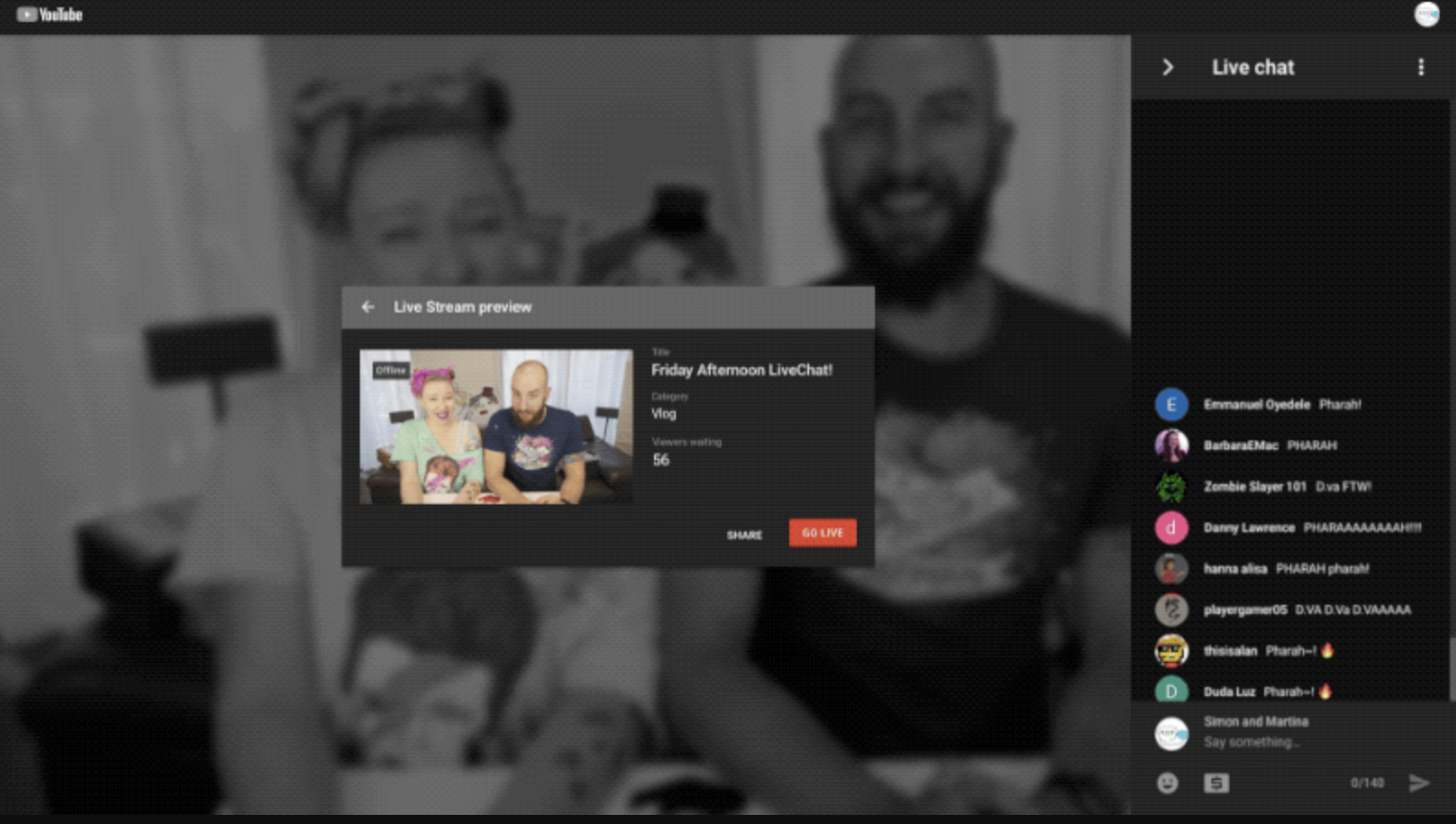

You can easily update encoding software when a new version or upgrade is available.

They are typically very easy to set up, and you can tweak or change most aspects of the codecs to get the bitrate and video quality you desire. There are several perks to using a software encoder. Software encoders are programs that run on your laptop, desktop computer, or another computing device. Software encoders are typically a cheaper encoding option that is popular among beginner broadcasters. Now that you have a better understanding of the purpose of a video encoder and how it works, let’s take a closer look at the two different types of encoders: hardware and software. Since the RTMP protocol is so widely used, you’ll want to look into an RTMP encoder. RTMP uses RTMP ingest to transmit the files from the encoder to the video hosting platform, and HLS transmits it from the video hosting platform to your audience. This Transmission Control Protocol-based technology was originally developed by the predecessor of Adobe to work with the Adobe Flash player. There are two important protocols for broadcasting to keep in mind: HLS streaming protocol and RTMP (real-time messaging protocol). The H.264 protocol can create what’s called “ lossless compression.” For audio-only streaming, there are two popular choices: MP3 (MPEG Audio Layer III) and AAC (Advanced Audio Coding). We also recommended the video compression format for HD streaming. The standard streaming protocol for internet sources is H.264. Your video encoder takes the necessary format and converts it into codecs through a compression/decompression process.

Encoders are essential for converting the RAW video files from your camera to streamable digital files. They can be either hardware encoding or software encoding solutions. Video encoders are devices that convert video files from one format to another. An encoder is a tool that converts video files from RAW to digital.


 0 kommentar(er)
0 kommentar(er)
